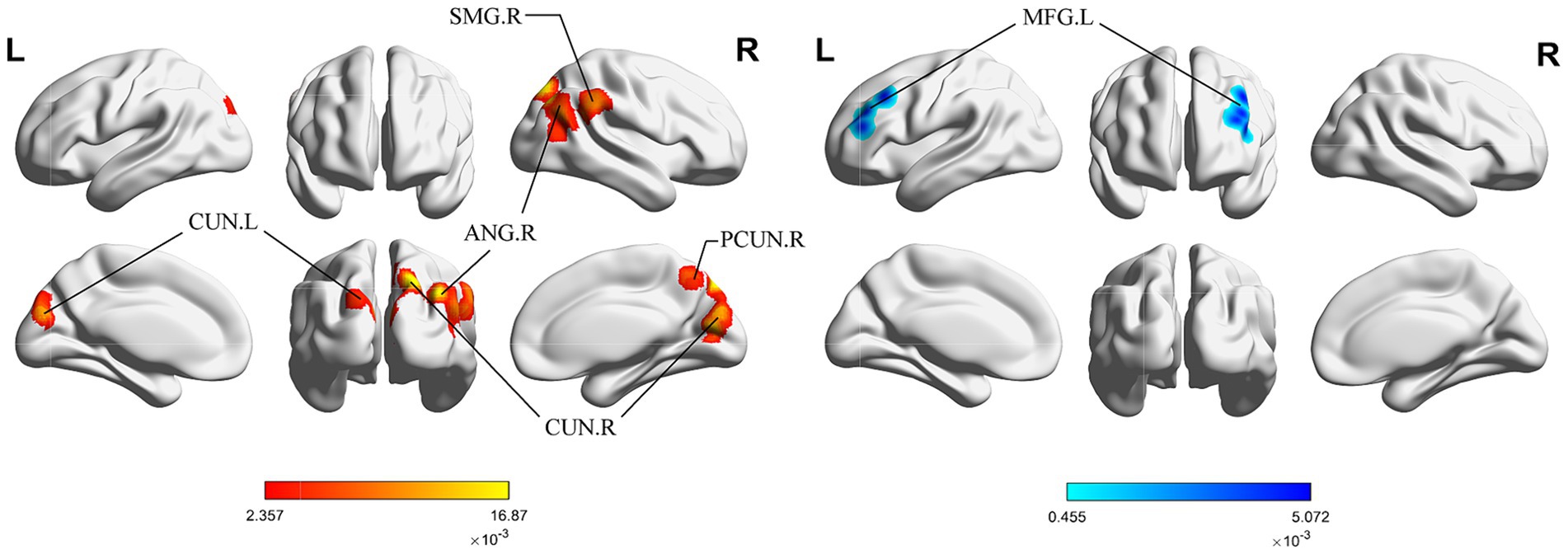WHAT IS IT?
Western medical acupuncture is a therapeutic practice that involves the insertion of fine needles into specific points on the body to stimulate the nervous system and promote natural healing processes. Unlike traditional Chinese acupuncture, which is based on the concepts of qi (energy flow) and meridians (pathways through which qi flows), western medical acupuncture is rooted in modern scientific principles of anatomy, physiology, and pathology.
Some of the key characteristics of western medical acupuncture are:
- Scientific Basis: It uses knowledge of the nervous system, musculoskeletal system, and evidence-based medicine to explain and optimize the effects of acupuncture.
- Medical Context: It is typically practiced by healthcare professionals who have undergone specific training in acupuncture within the framework of conventional Western medicine.
- Treatment Objectives: The primary goals are pain relief, inflammation reduction, and promoting healing by stimulating skin, nerves, muscles, and connective tissue.
- Mechanism of Action: The practice is believed to work by stimulating the release of natural pain-relieving chemicals (endorphins), altering the processing of pain in the brain and spinal cord, improving blood flow, and reducing muscle tension.
- Clinical Application: It is often used as part of a broader treatment plan for various conditions, including chronic pain, musculoskeletal disorders, migraines, and post-operative recovery.
Overall, western medical acupuncture integrates traditional acupuncture techniques with contemporary medical understanding to provide an effective complementary therapy.

WHAT CONDITIONS CAN WESTERN MEDICAL ACUPUNCTURE TREAT?
A growing body of evidence-based clinical research shows that acupuncture safely treats a wide range of common health problems including:
- Short-term relief of tension type headaches
- Short-term relief of migraine headache
- Short-term relief of neck pain or chronic neck pain
- Short-term relief from temporomandibular (TMD/TMJ) pain
- Temporary adjunctive treatment for osteoarthritis knee pain
In 2019 it was also recommended by the National Institute for Clinical Excellence (NICE) for managing Chronic Primary Pain (see section 1.2.5 of the guidelines NG193)

WHAT ARE THE KNOWN RISKS OF RECEIVING ACUPUNCTURE TREATMENT?
The following side-effects and frequency of occurance are based on a large study conducted by Claudia Witt and colleagues in 2009
Like all treatments, acupuncture can cause side effects and Witt suggested using the following risk ranking:
- Very Common: more than 1 out of 10 treated people
- Common: 1 to 10 out of 100 treated people
- Uncommon: 1 to 10 out of 1,000 treated people
- Rare: 1 to 10 out of 10,000 treated people
- Very rare: less than 1 out of 10,000 treated people, including singular incidents
There were no Very Common (1 out of 10 treated people) side-effects noted with acupuncture
Common: 1 to 10 out of 100 people treated
Common side effects are bleeding and haematoma because of puncture to small blood vessels.
Uncommon: 1 to 10 of 1,000 treated people
Uncommon side effects observed in the context of acupuncture treatment include: inflammation
at the application site, swelling, strong pain during needling, and local muscle pain. Nerve irritation or nerve injury is also possible. This can cause sensation difficulties or a temporary weakness in the associated musculature. Furthermore, headache, fatigue, and symptoms like vertigo and nausea were experienced. An initial aggravation of the symptoms which lead to the treatment is possible.
Rare: 1 to 10 out of 10,000 people treated
Rare side effects include: local infection, redness, itching, sweating, decrease of blood pressure, increase in blood pressure, unconsciousness, tachycardia, breathing difficulties, vomiting, worsening health state, generalized muscle pain, restricted movement, joint problems, feeling of coldness, menstrual problems, depressive mood, anxiety, sleep disturbance, restlessness/ nervousness, disturbed vision and tinnitus.
Very rare: less than 1 out of 10,000 treated people, including singular incidents
Side effects observed in the context of acupuncture treatment include: palpitations, constipation, diarrhoea, gastrospasm, enterospasm, weight loss, circulatory disturbance, lesion of blood vessels, systemic infection, euphoria, nightmares, poor concentration, imbalance, disturbance of speech, disorientation, shivering, and eye irritation. Very rarely acupuncture needles can be forgotten or break.
During treatment on the thorax a too deep insertion of an acupuncture needle can cause accumulation of air in the pleural cavity (pneumothorax). In the scientific literature injuries of the central nervous system and the pericardium have been reported.
TAKE HOME MESSAGE:
Western medical acupuncture integrates traditional acupuncture techniques with contemporary medical understanding to provide an effective therapy for a number of conditions.
